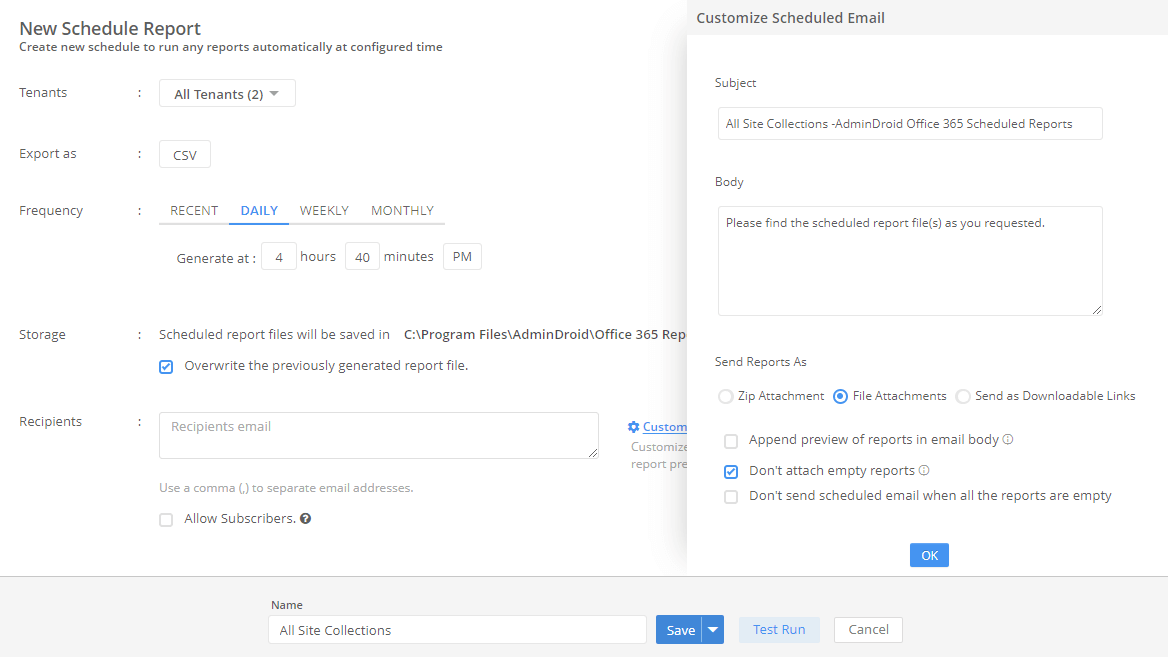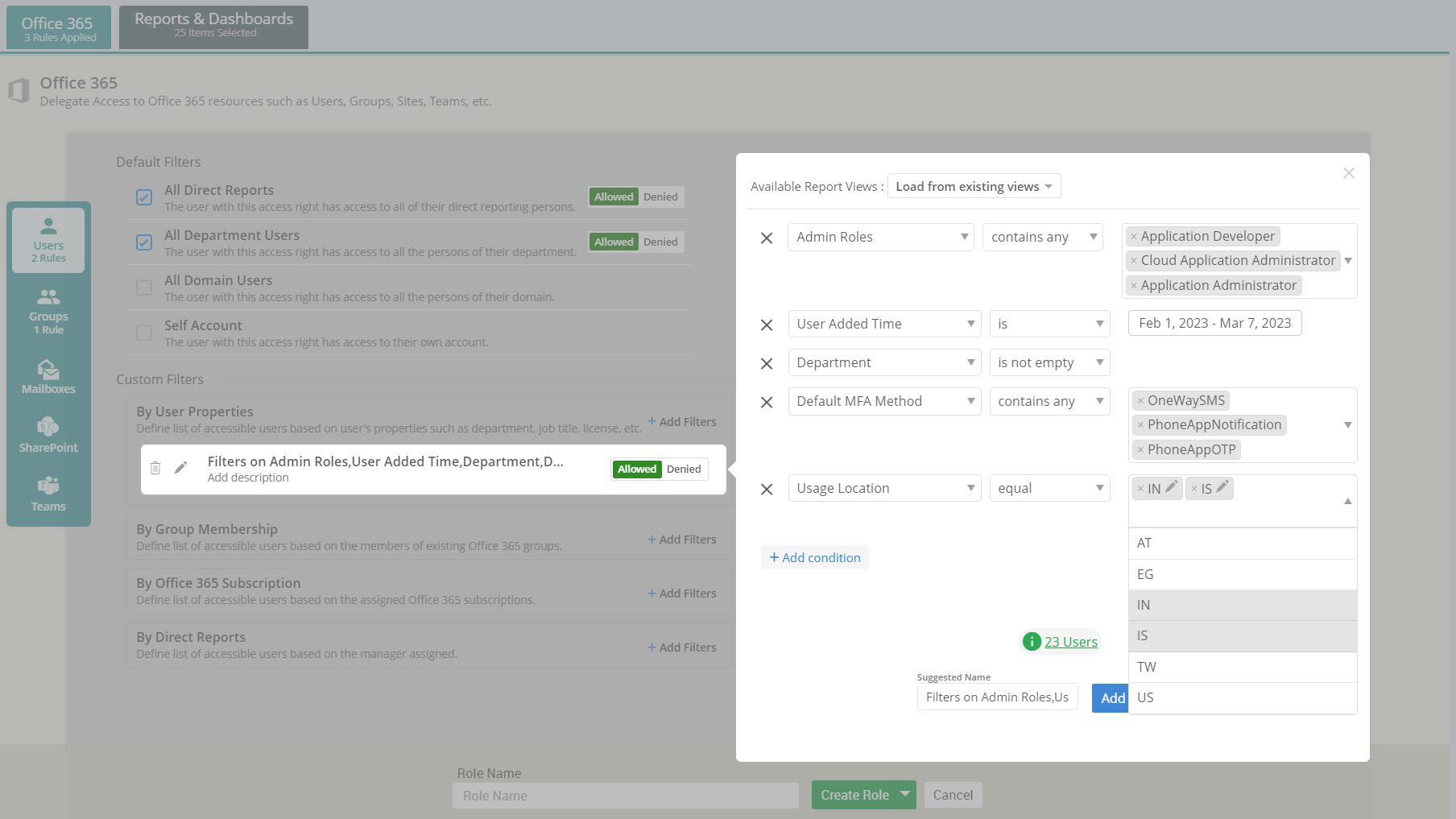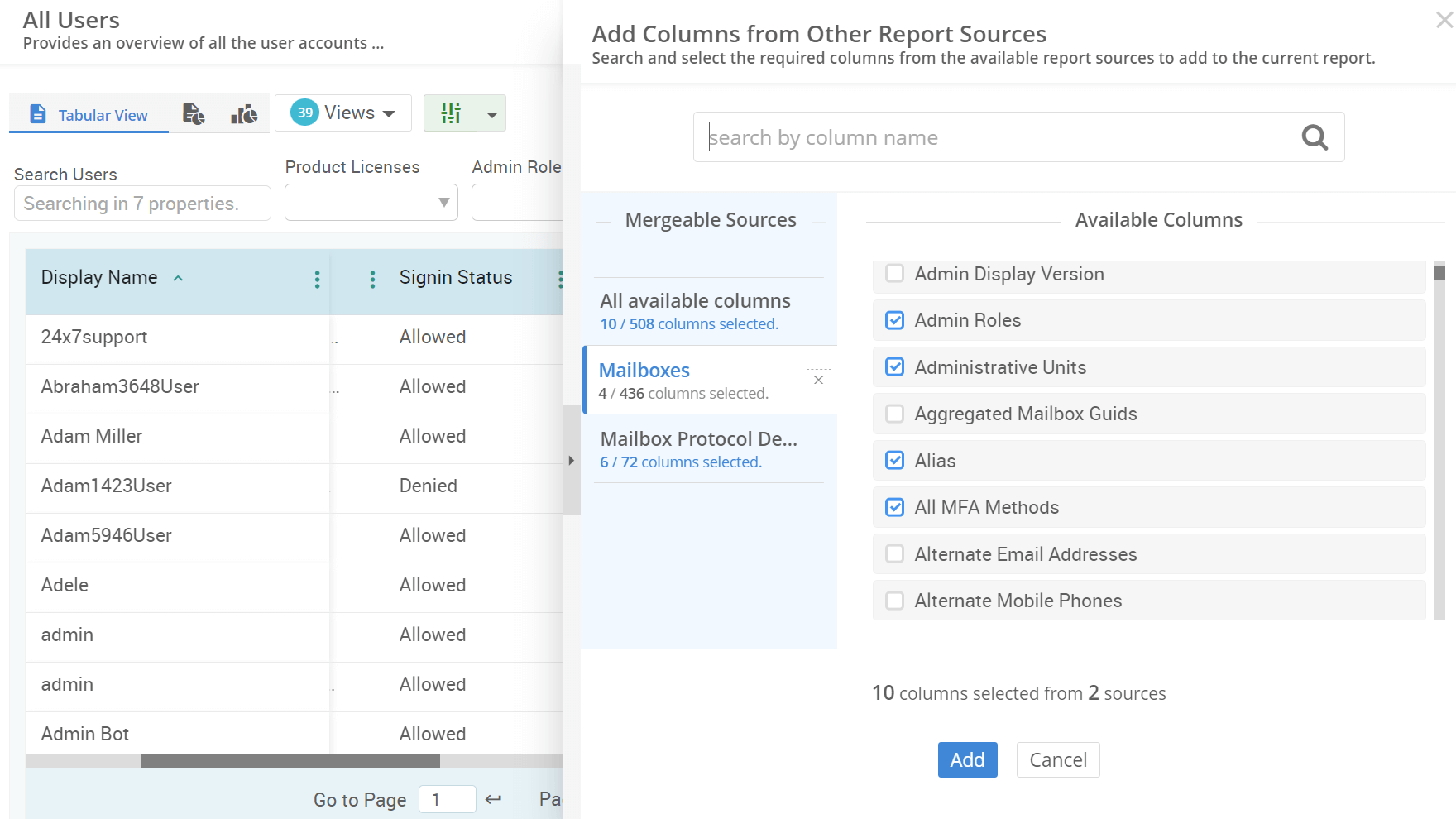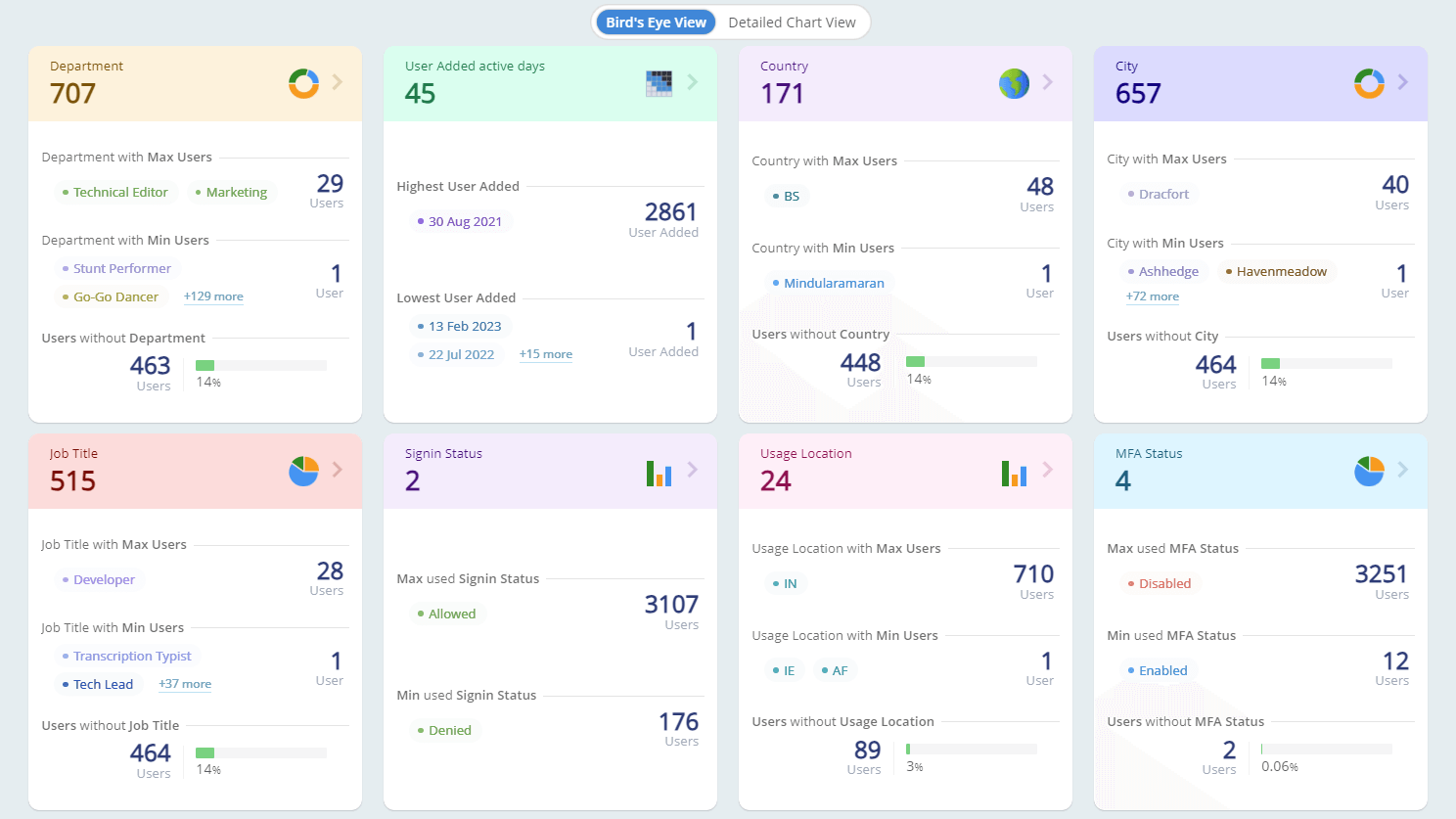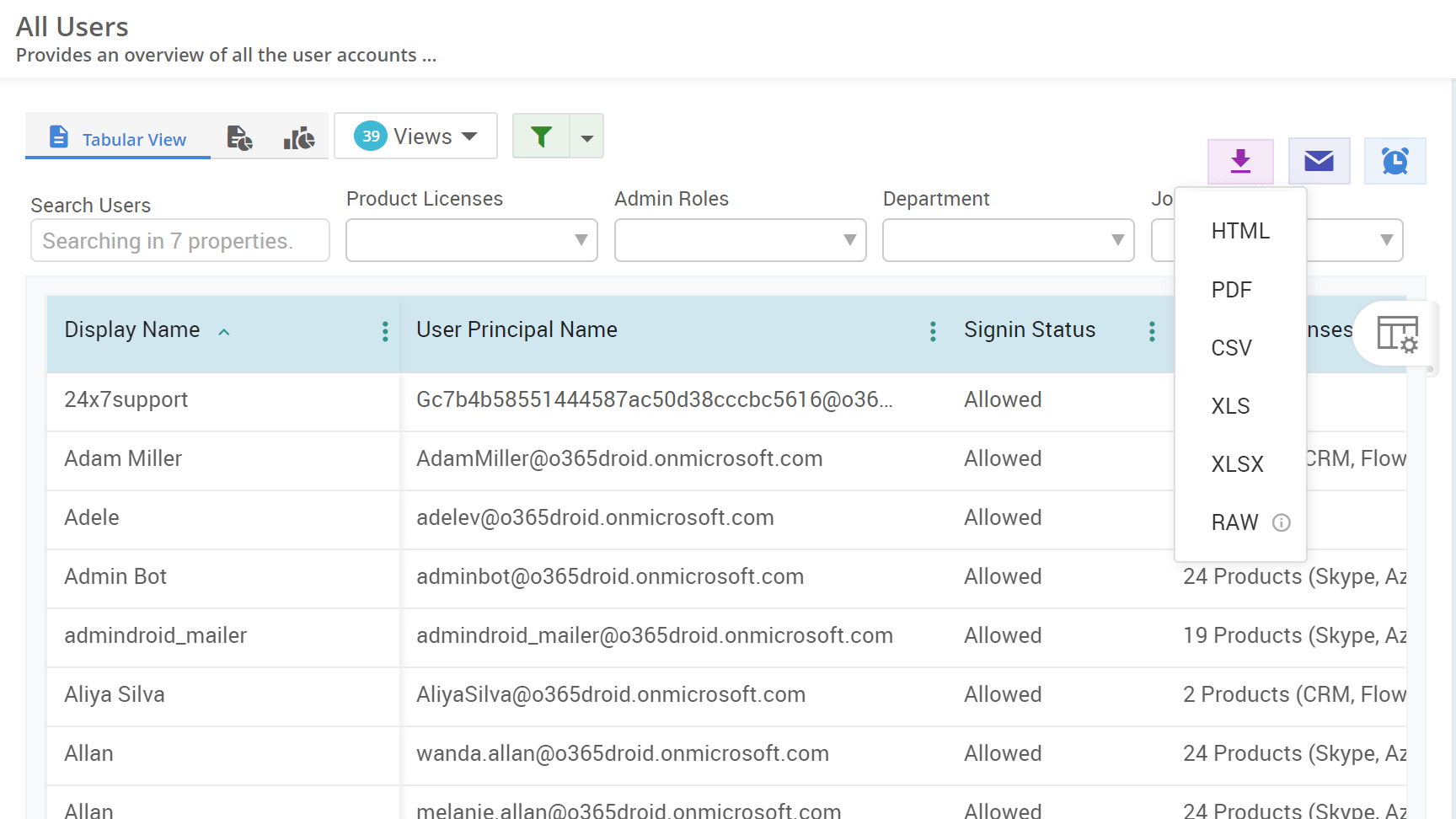After creating a transport rule in Exchange Online, there may be situations where you need to update or delete the rule. Therefore, proper management of mail flow rules in Exchange Online is essential to meet your organization's requirements.
To modify or delete the transport rules, refer to the following sections:
By default, when you create a mail flow rule through the Exchange admin center (EAC), the rule is assigned with the lowest priority. To change the priority, disable, or update any other configuration, follow these steps:
- Select the rule you want to update and click the Edit button.
- Make the necessary changes on the Conditions and Settings page.
- Click Save to apply the changes.
To change a transport rule configuration using PowerShell, use the “Set-TransportRule” cmdlet.
Set-TransportRule -Identity “<RuleName>” -Priority <PriorityValue> -From “<SenderAddress>”
To enable or disable a Exchange Online transport rule to just stop or start the processing, use the “Enable-TransportRule” or “Disable-TransportRule” cmdlets as described here:
Enable-TransportRule -Identity “<RuleName>”
Disable-TransportRule -Identity “<RuleName>”
Note: After modifying the transport rule, it can take more than 30 minutes for the updated rule to take effect on emails in transit.
To delete an existing mail flow rule via the Exchange admin center, follow these simple steps:
- Select the appropriate rule from the list of rules on the Rules page.
- Click the Delete icon.
- Hit the Confirm button.
To delete a transport rule using PowerShell, use the “Remove-TransportRule” cmdlet.
Remove-TransportRule -Identity <RuleName>















